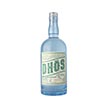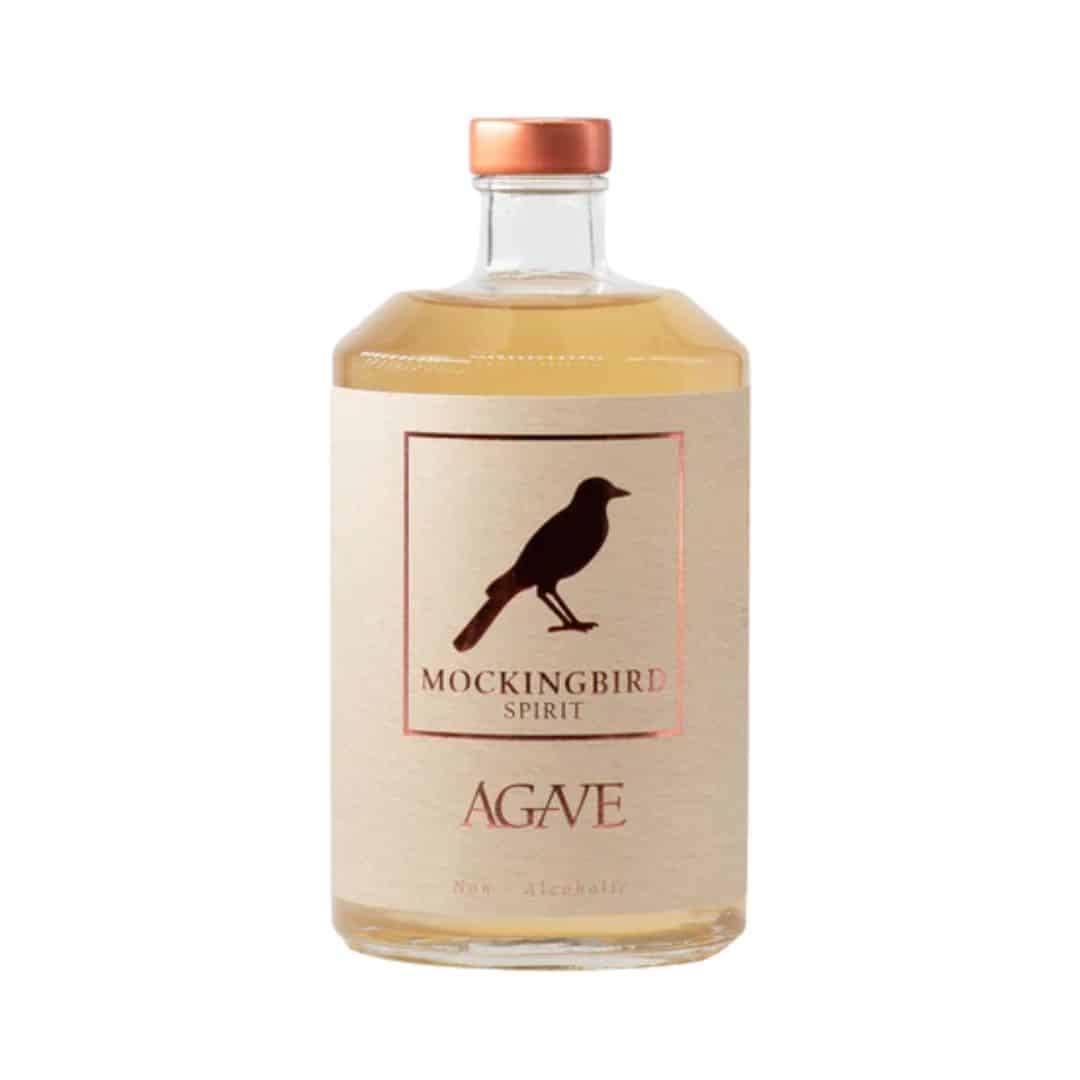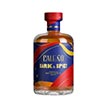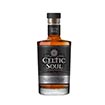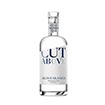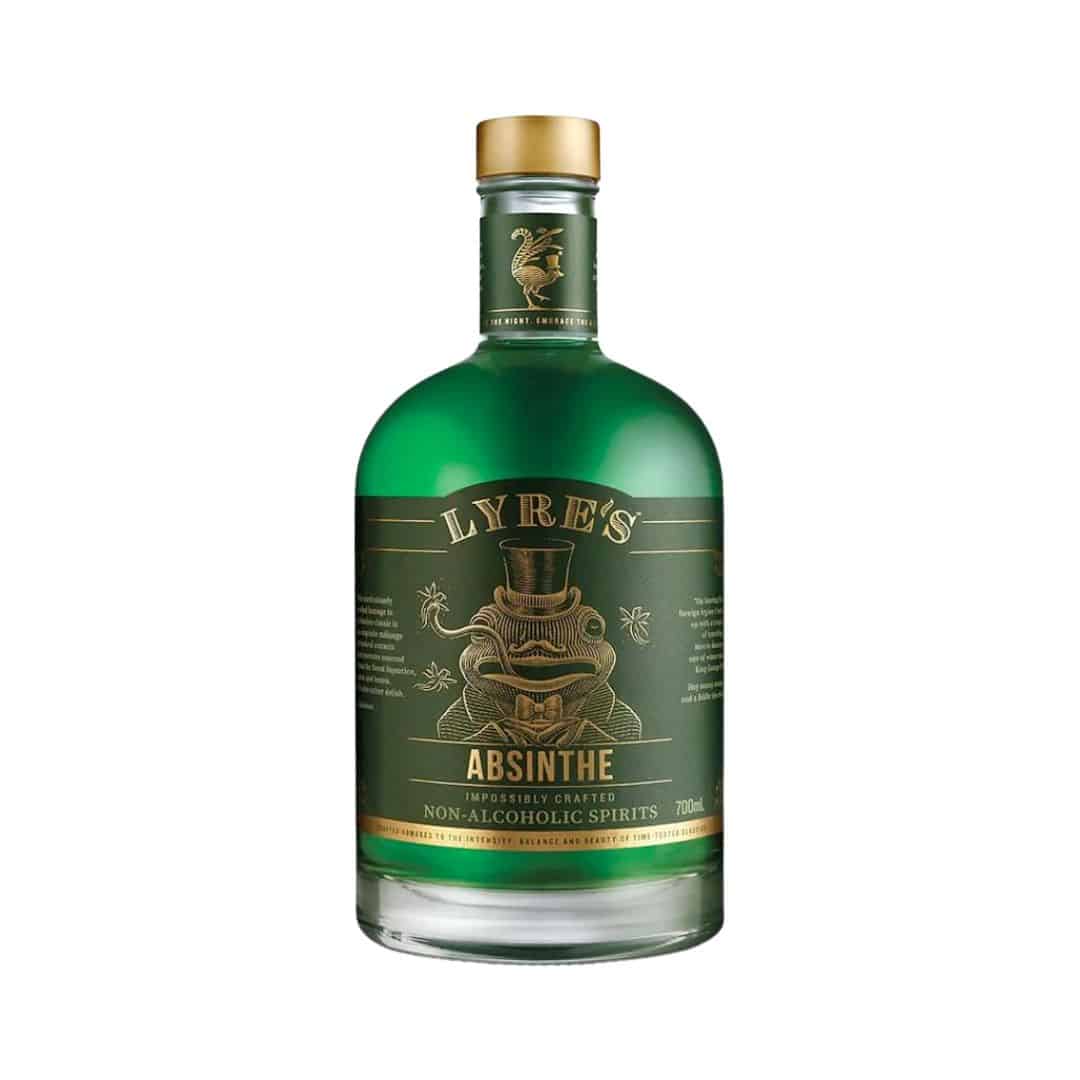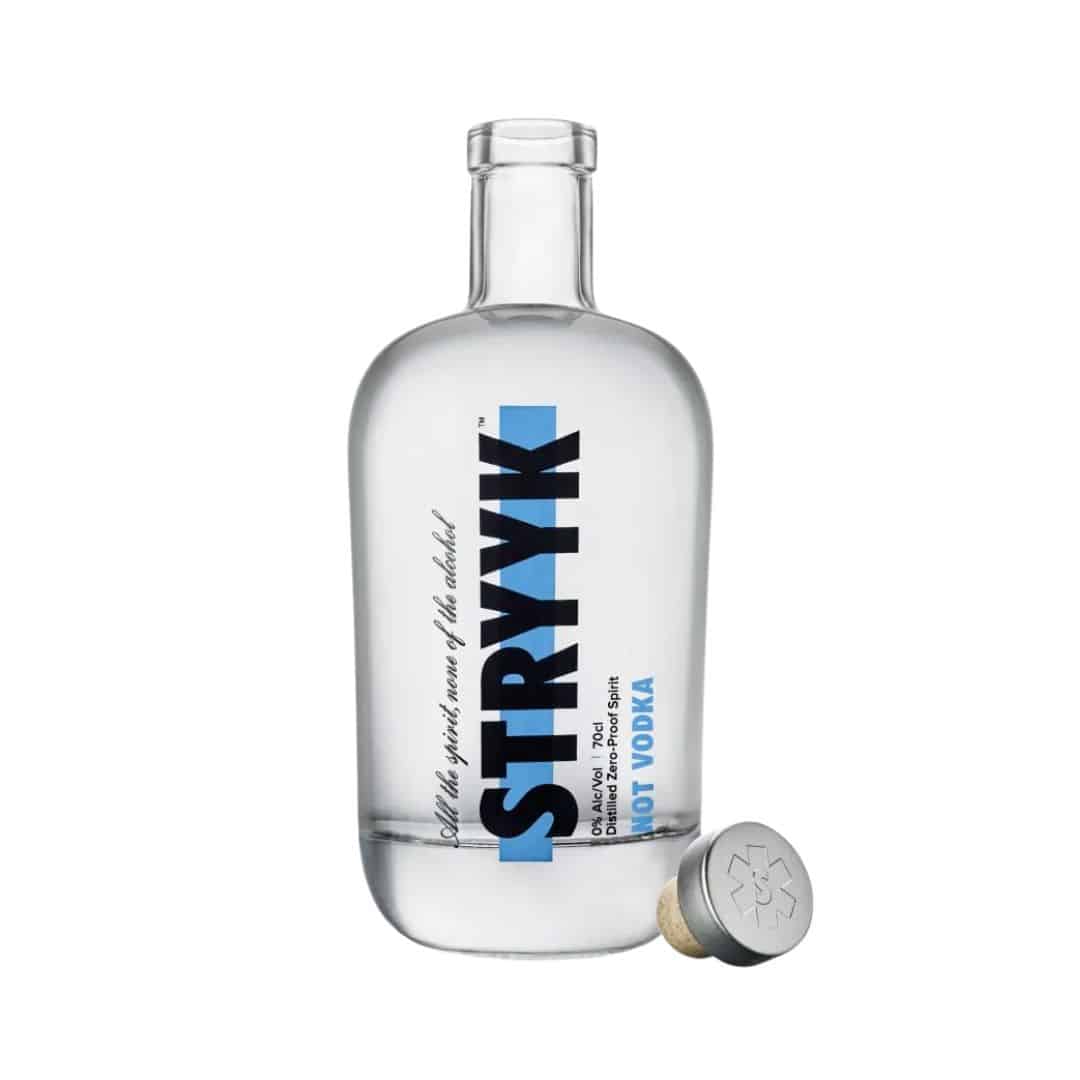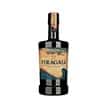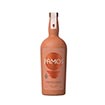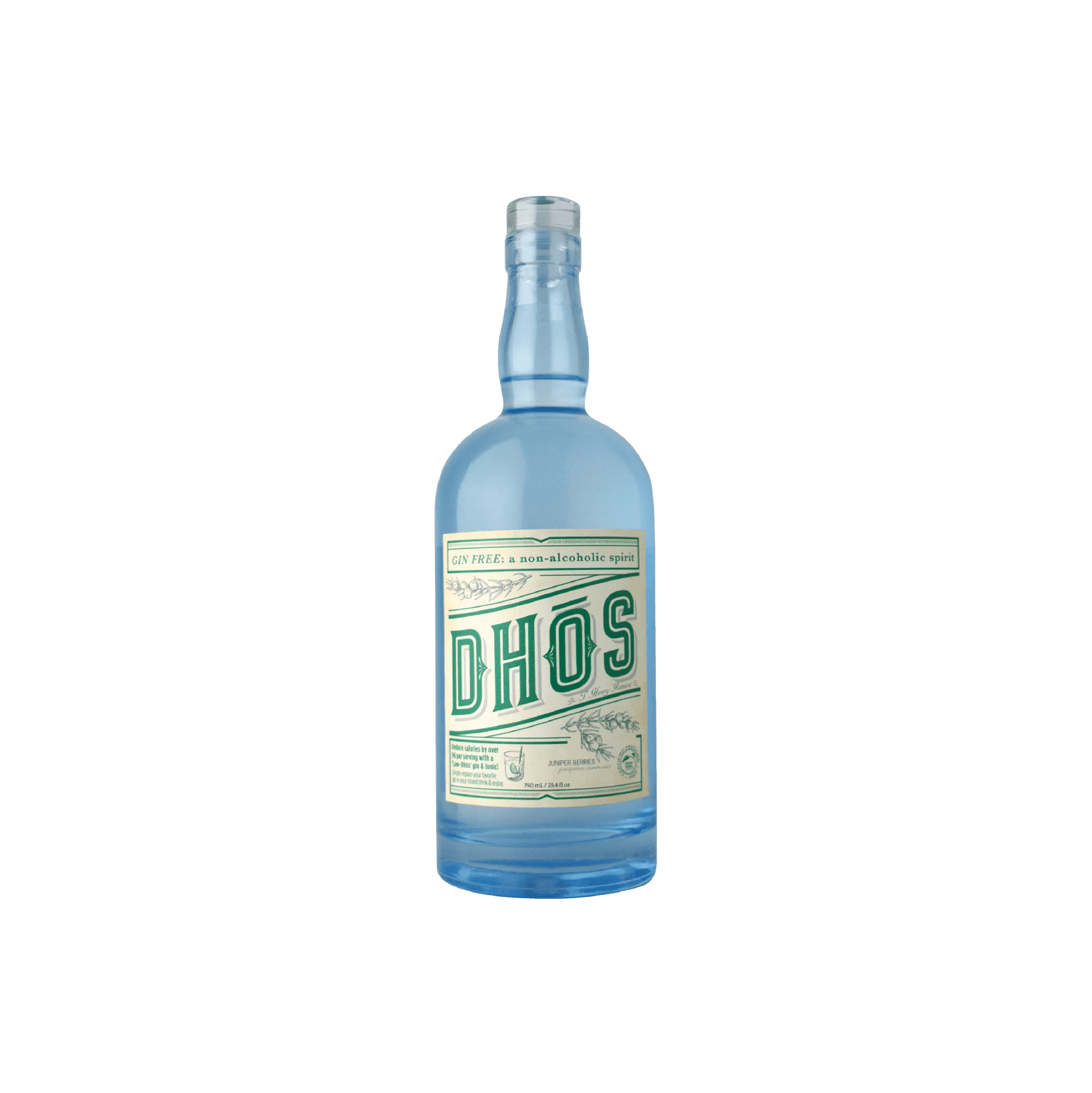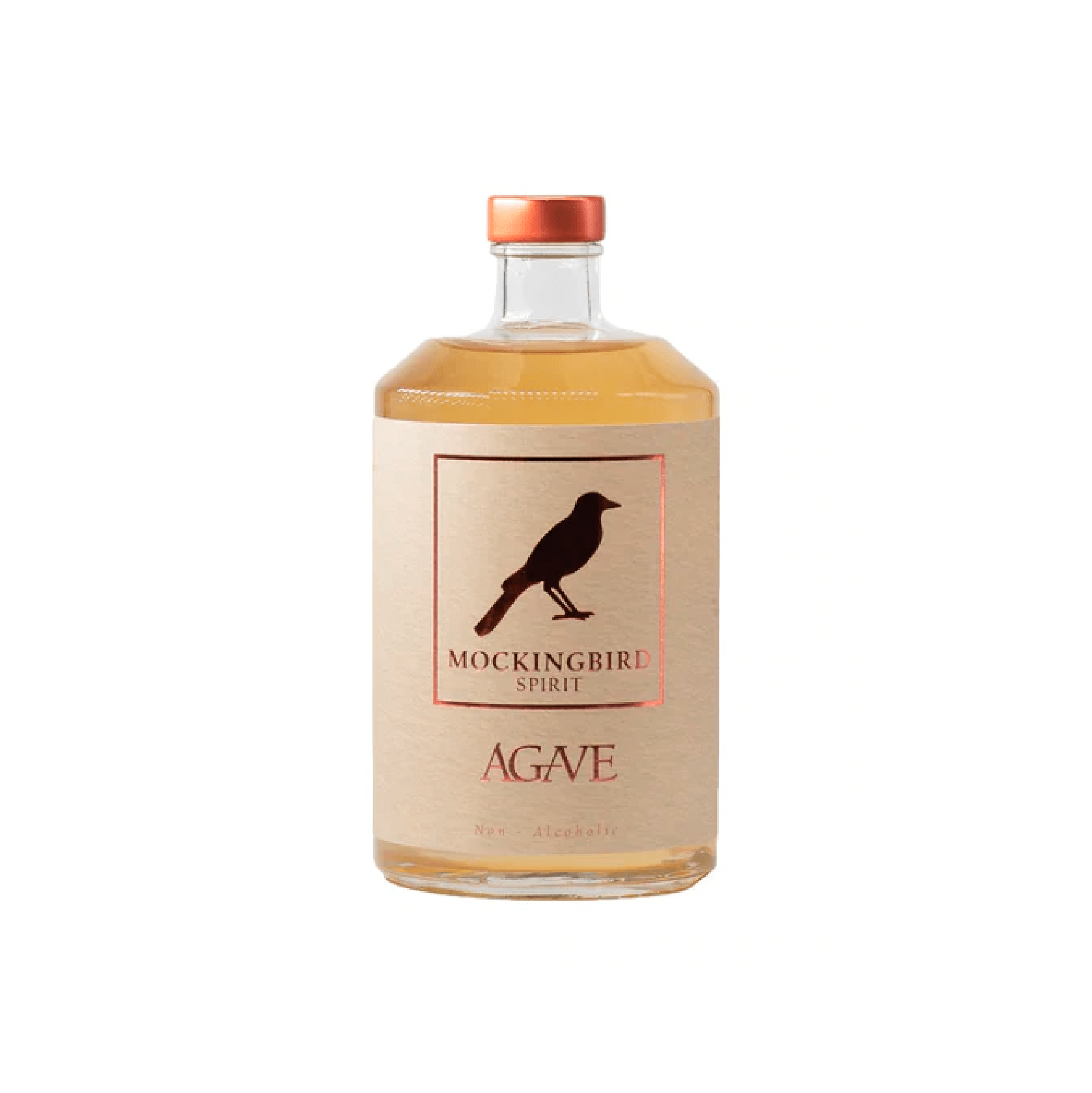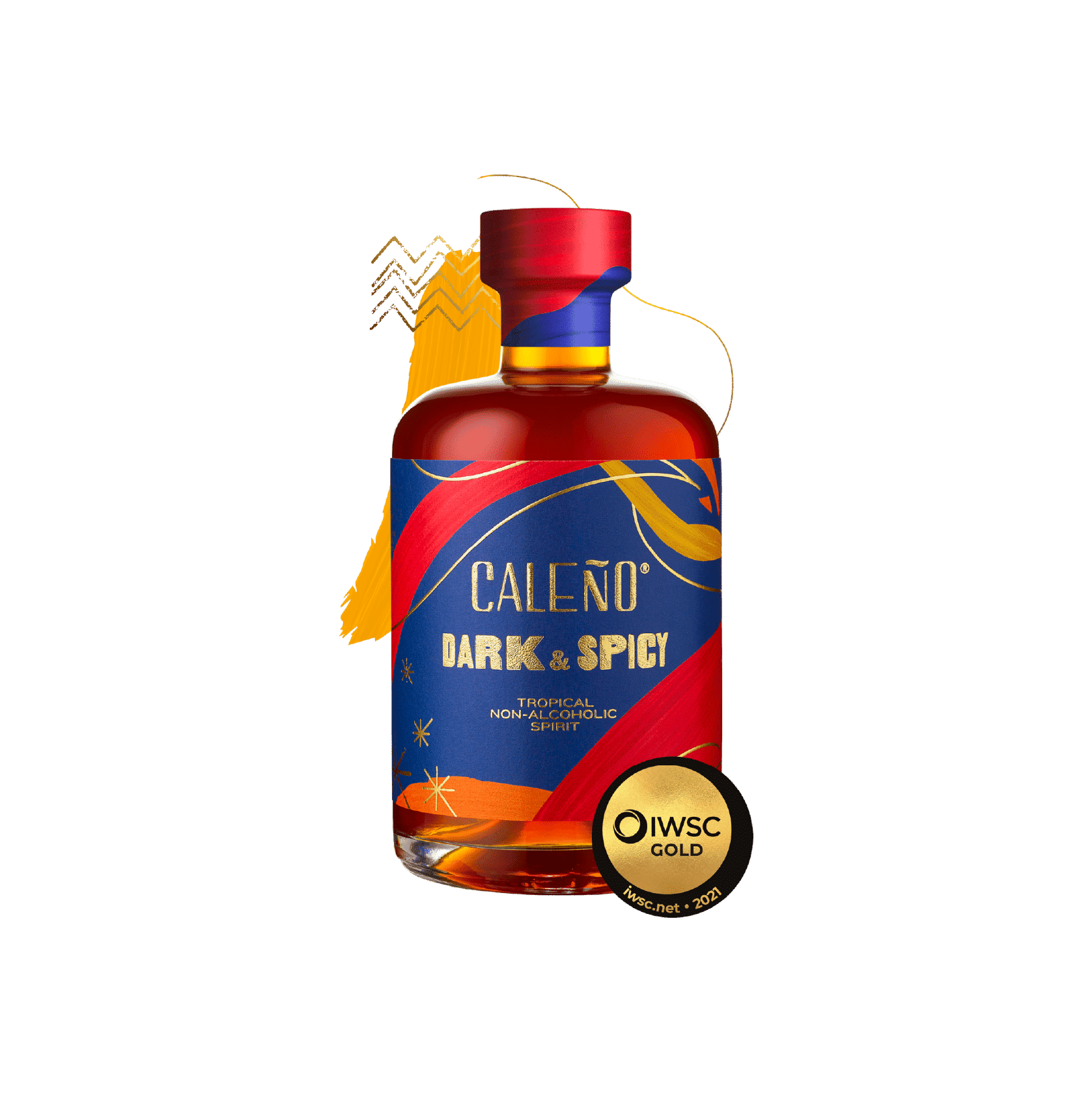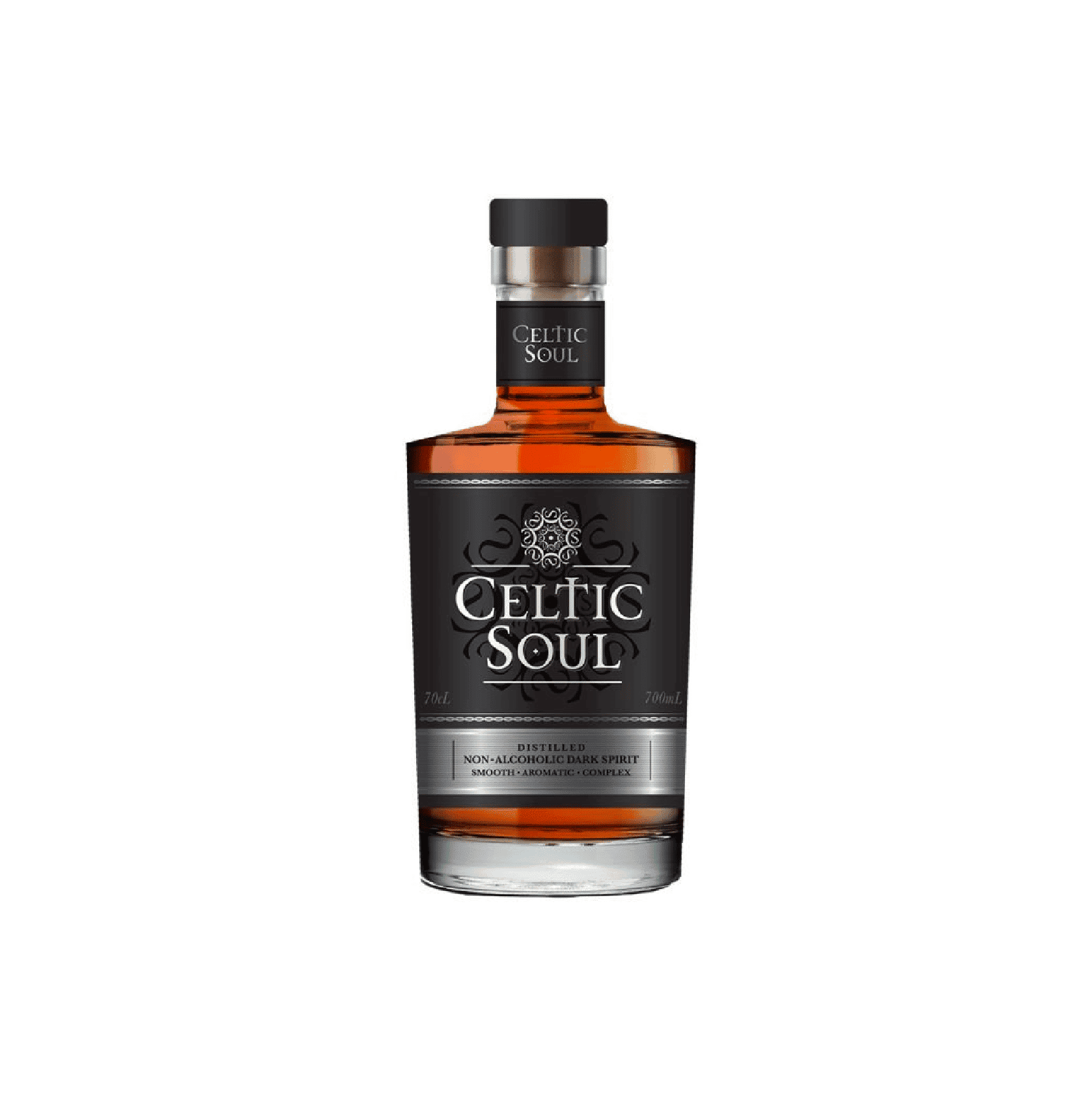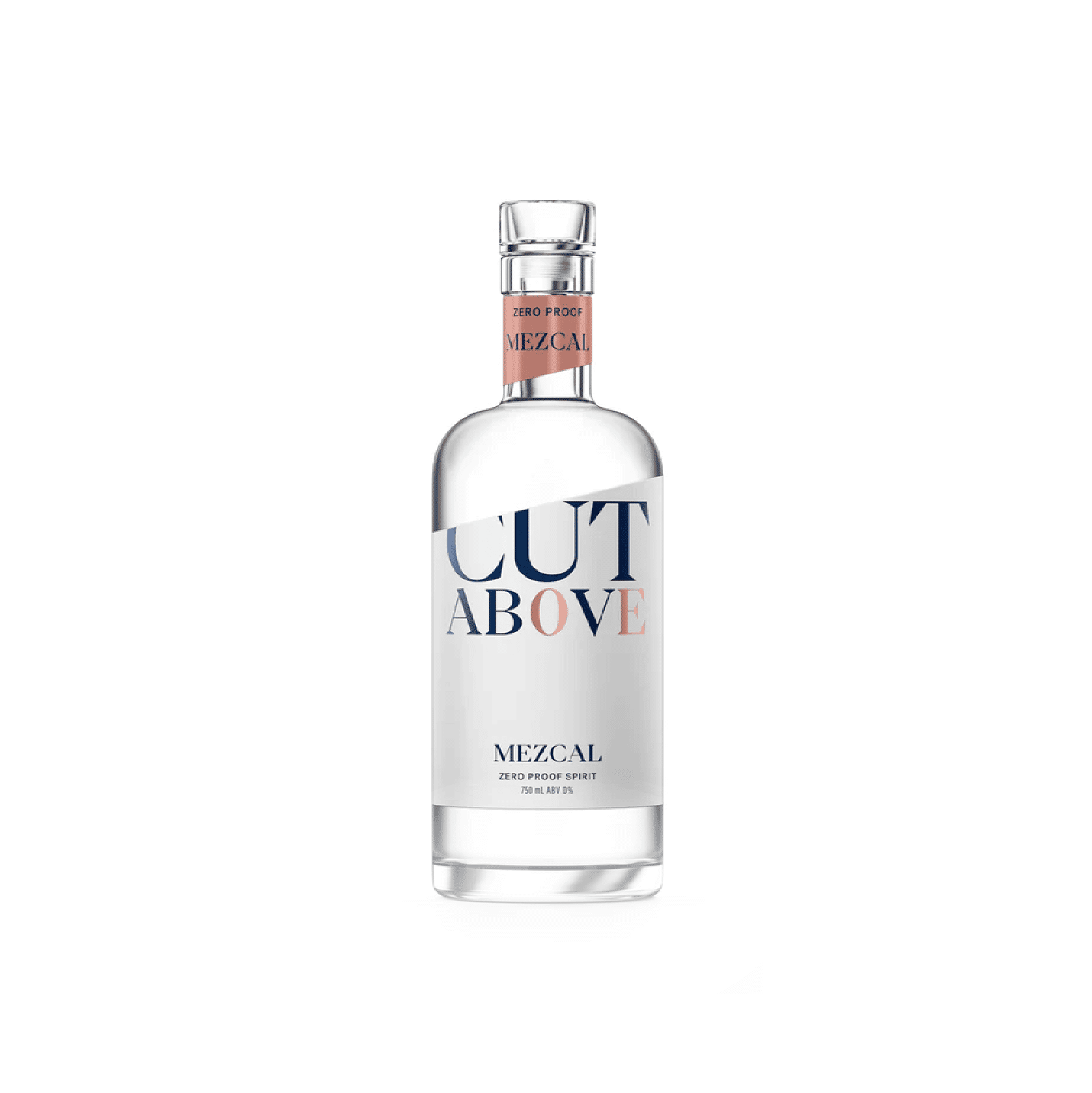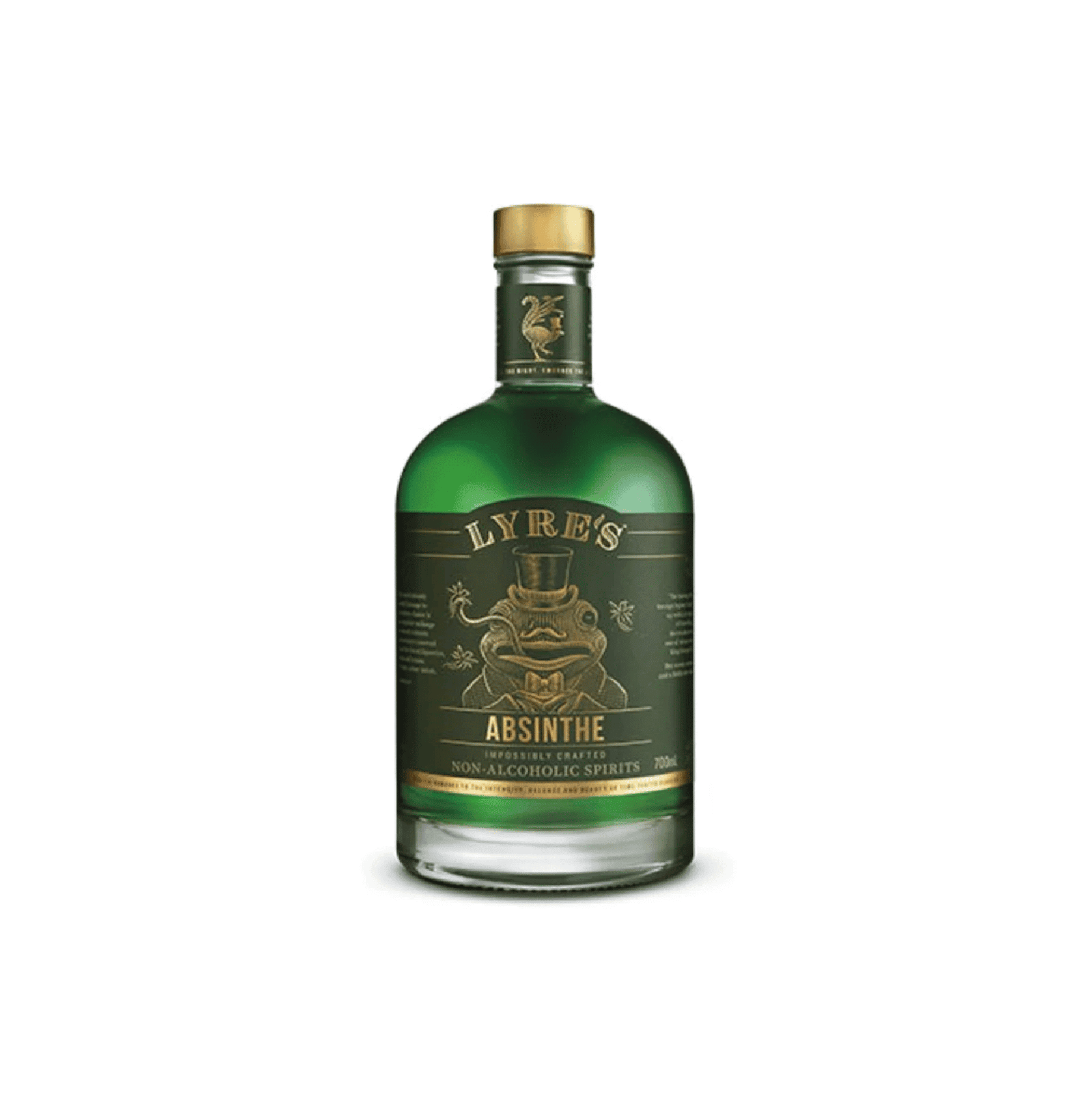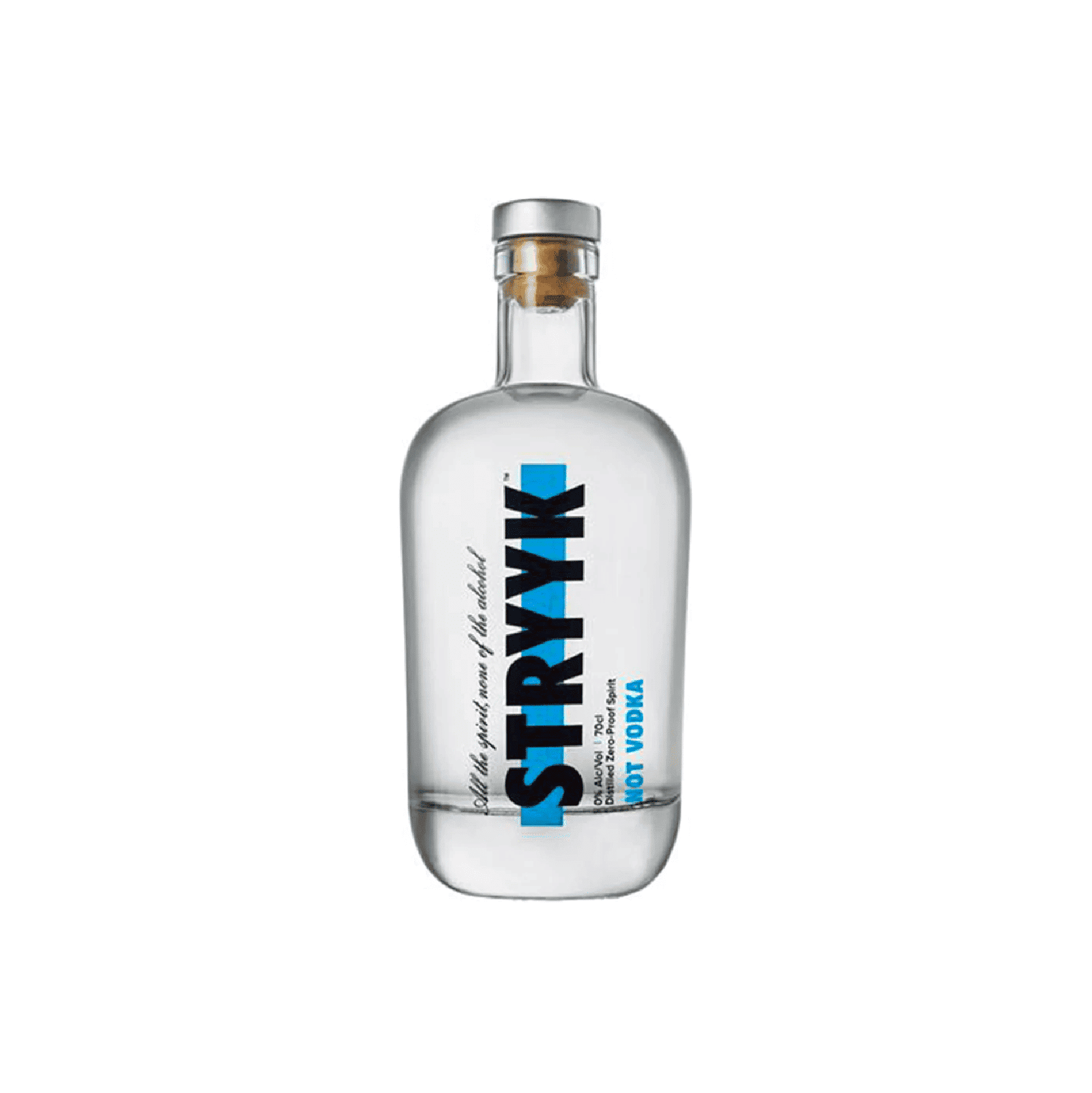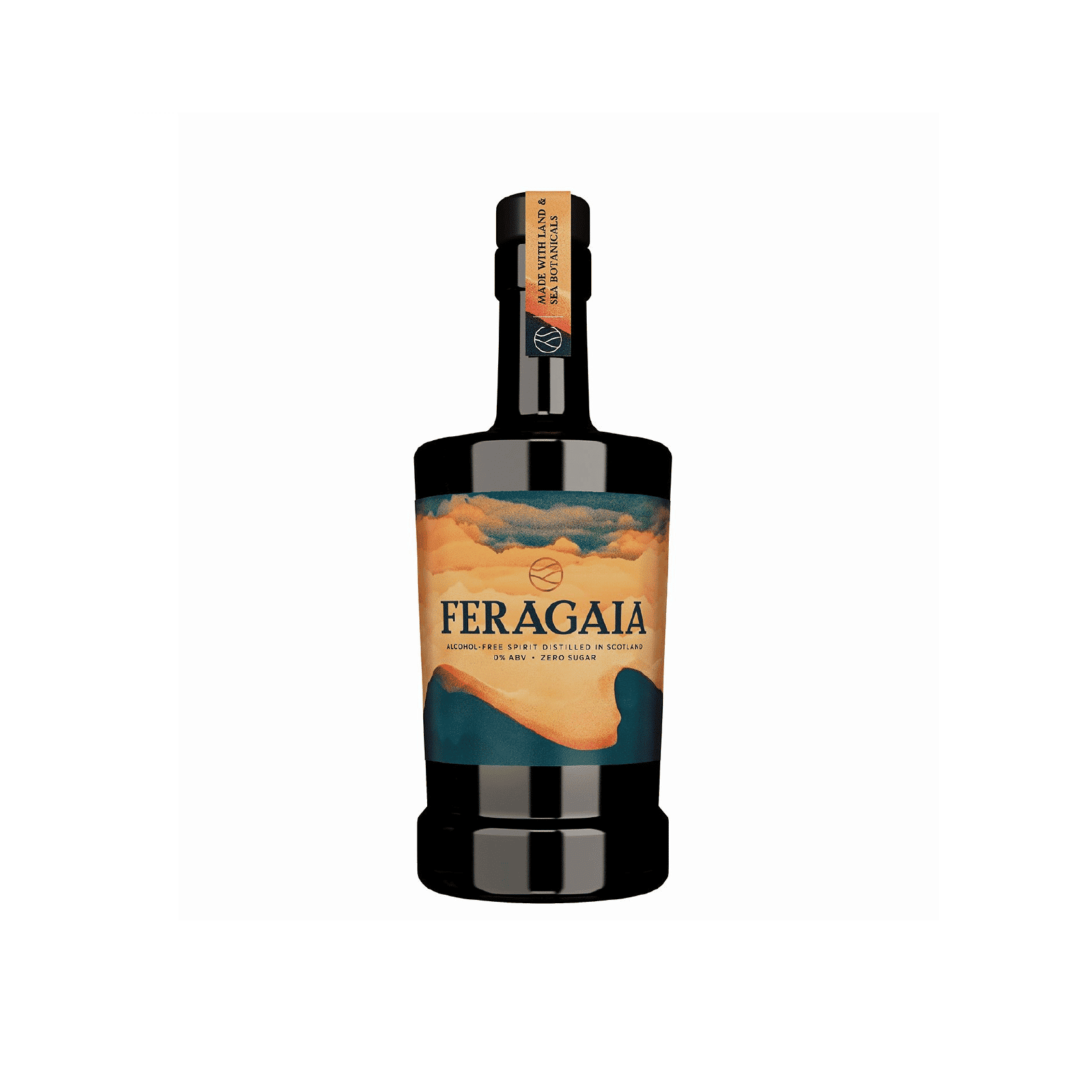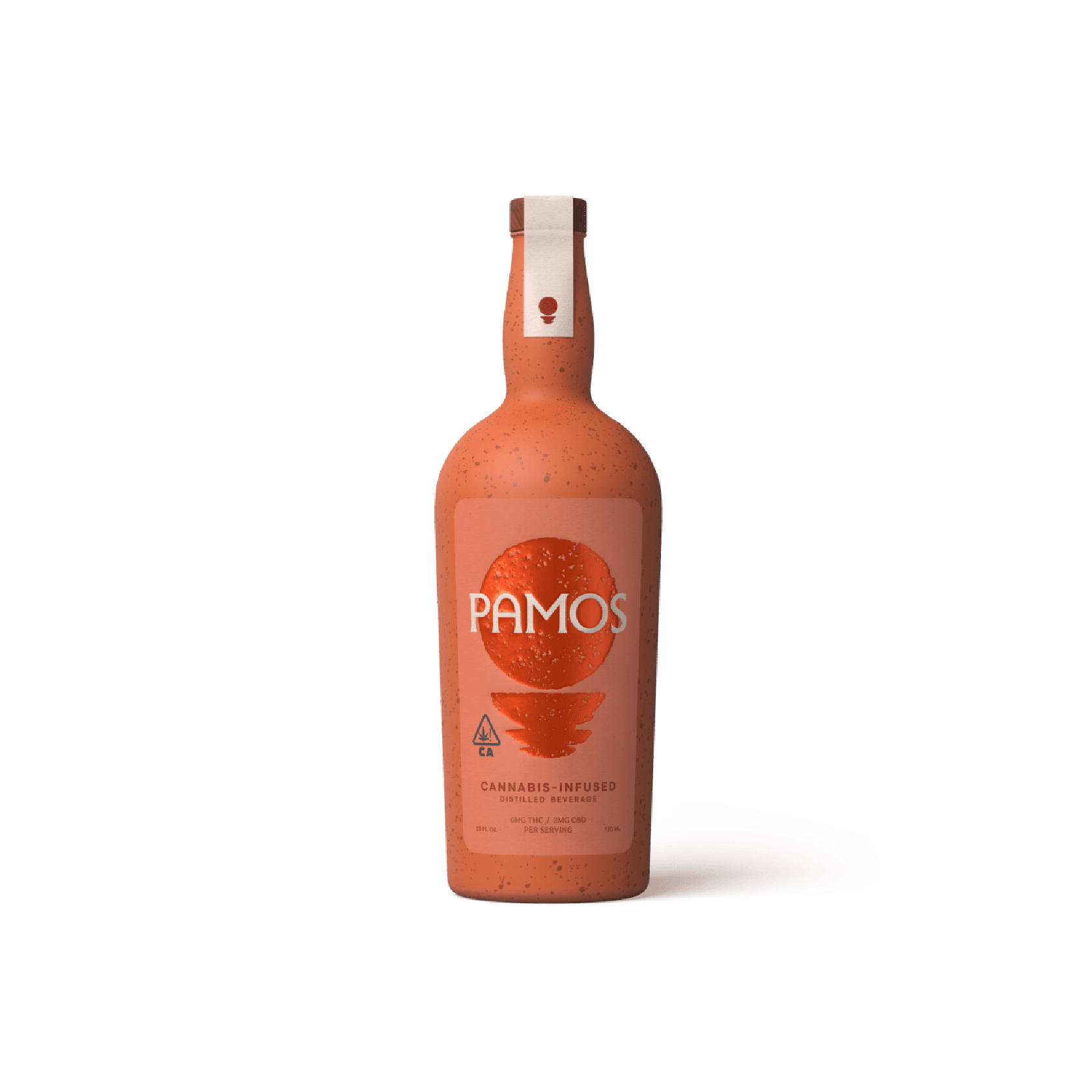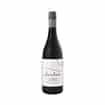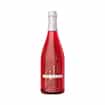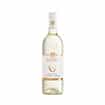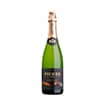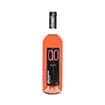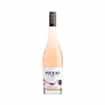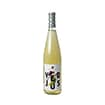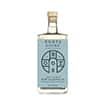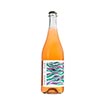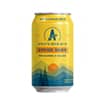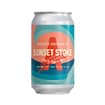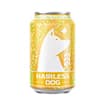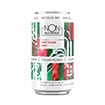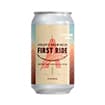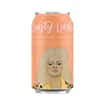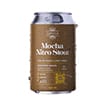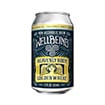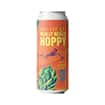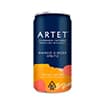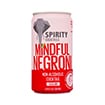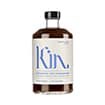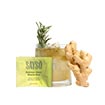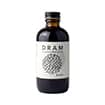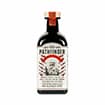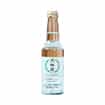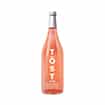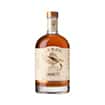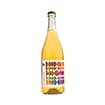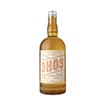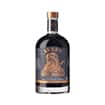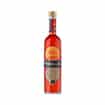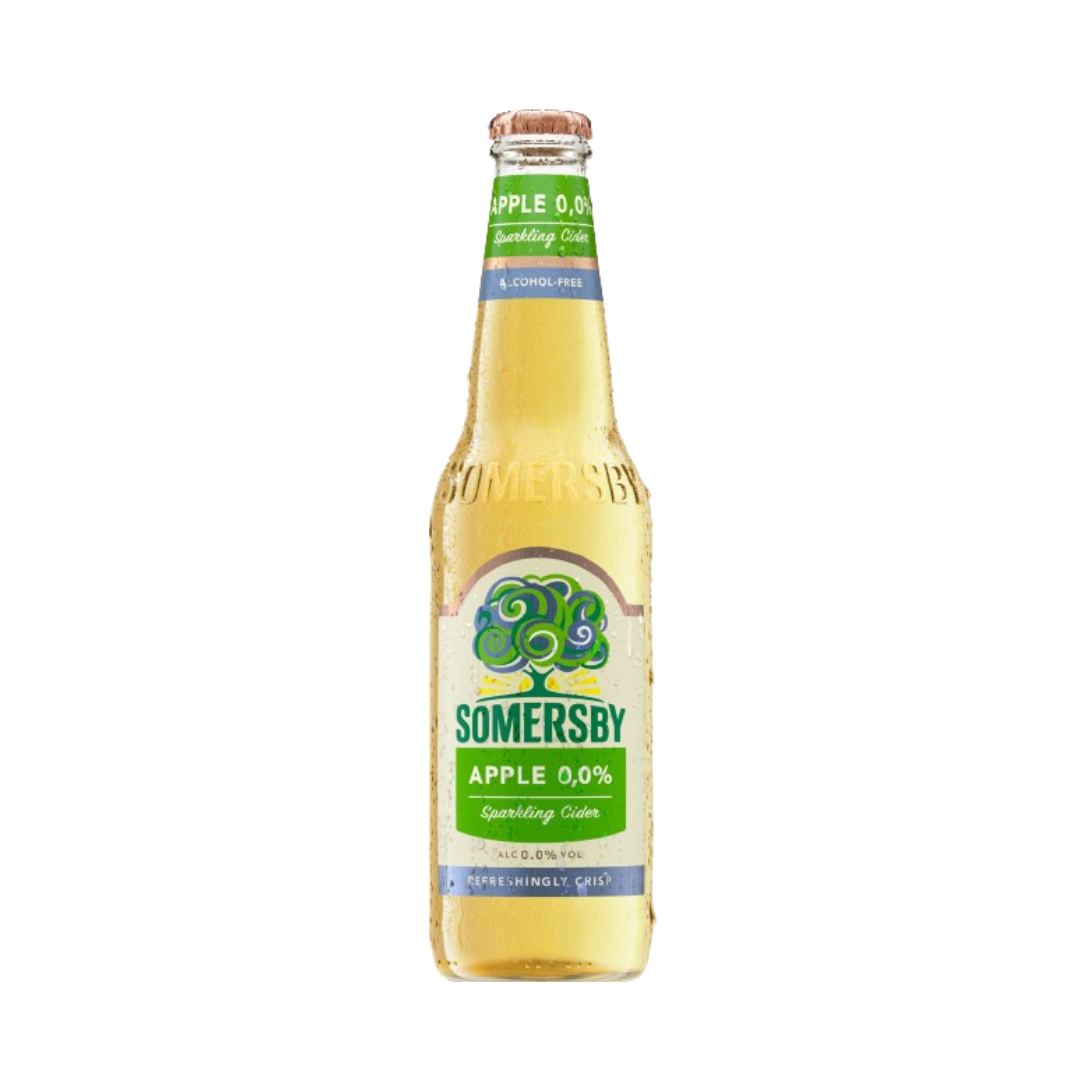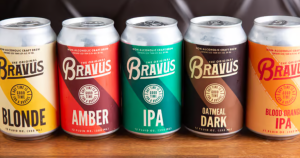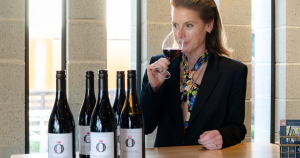If you’re not yet acquainted with the term “treat culture,” prepare to see it everywhere. “Treat culture” encapsulates the increasing tendency for Gen Zers to seek solace in small, daily indulgences amidst the backdrop of economic uncertainty and an ever-changing world. From the simple pleasure of a new houseplant to the satisfaction of a premium ice cream or a spontaneous self-care purchase, these seemingly insignificant treats provide moments of relief amidst our challenging times. This phenomenon mirrors the “lipstick index,” a concept conceived by Leonard Lauder of Estée Lauder during the 2001 recession, suggesting that consumers in economically tough times gravitate towards small, affordable luxuries for instant mood elevation.
As outlined in a recent Fortune article, today’s “treat culture” revolves around the idea of finding both respite and control via minor, pleasurable purchases. These items provide a sense of solace, a fleeting escape, and a touch of luxury in an era when larger ambitions seem increasingly elusive. One early indicator of “treat culture” was a TikTok trend featuring office workers relishing a midday break with a “silly little Diet Coke.” While the Fortune article touched on Diet Cokes, intriguingly, it didn’t mention alcohol at all.
The author’s omission of booze could be chalked up to simple brevity and focus, but a deeper review of treat culture finds alcohol conspicuously absent from the conversation. “Treats” seem to exist along a spectrum of healthful (a little midday stroll) to not-terribly-healthful (a little chocolate croissant). Is alcohol being ignored by treat culture’s tastemakers because they view alcohol as too unhealthful, too psychologically harmful to be excused as a small indulgence? To the extent that treat culture is related to self-care, it’s possible that boozy drinks are being omitted because ingesting even small amounts of ethanol can be considered a form of self-harm.
Either way, it appears that alcohol alternatives have found a perfect home within “treat culture.” Sometimes dismissed as “expensive for what they do,” these alternatives now benefit from a culture that promotes less price sensitivity, particularly when it comes to single unit purchases. Notably, the rise of ready-to-drink, single-serve mocktails coincides with this trend. A casual stroll through most New York bodegas is likely to reveal a canned Ghia or Figlia spritz.
As we keep our finger on the pulse of this emerging “treat culture”, we foresee a rise in demand for non-alcoholic beverages among younger consumers. From refreshing mocktails to adaptogenic spirits infused with mood-enhancing botanicals, alcohol alternatives provide affordable, health-conscious indulgences capable of uplifting your day and providing a sense of control over your well-being. They offer a dash of luxury and a momentary escape, outshining the commonplace Diet Coke or pedestrian ice cream scoop.

